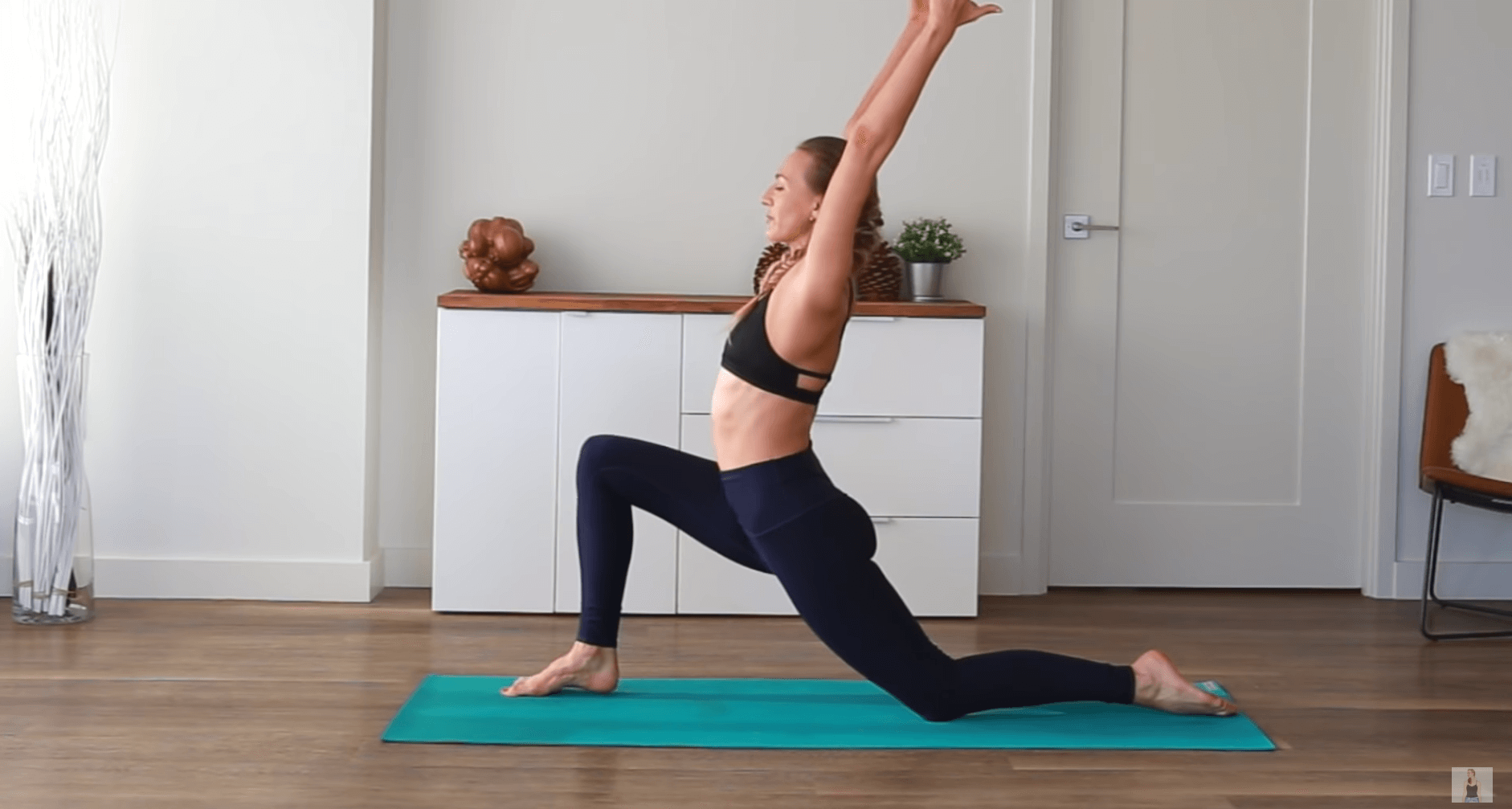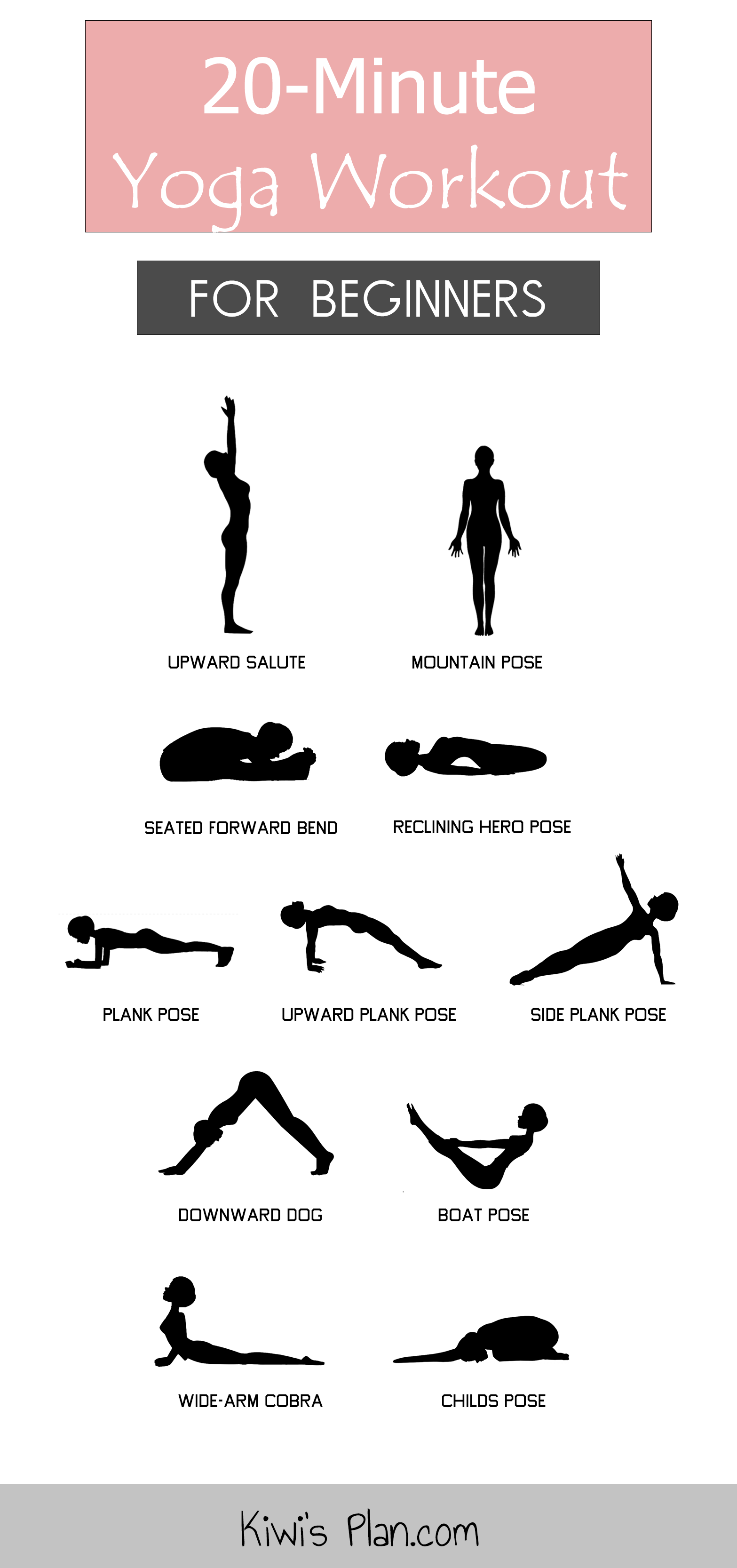
Although headstands can be a great exercise, there are some things you should know before doing them. There are many risks involved. Also, the wrong technique could result in injury. To avoid this, it is best to practice slowly and check in with your body as often as possible. You can also practice against a wall to learn proper breathing technique and technique.
Benefits
Headstands are an effective way to strengthen your core and release tension in your neck and shoulders. They increase your strength and stamina. Headstands can also increase circulation which is good for your skin. This exercise improves your scalp's circulation, and can flush out toxins.
Begin by touching the mat with your forehead. For this, you may use a yoga strap. The strap will help increase your strength and protect your elbows. You can then gradually bend your knees to bring them into your chest.
There are risks
The high force and high momentum kickup and down of headstands increases the risk of injury. These positions can inflict serious injuries on the neck and head. A safer way to get out from a headstand is slowing down so that your feet are down and your knees are in your chest. It is important to keep the neck flexible.

Incorrectly performing a headstand can result in injury to the neck or shoulders. A disc herniation can occur when the soft gel inside the spinal column pushes against a crack. These injuries can result in neck pain and numbness. In addition, people with high blood pressure and glaucoma should avoid practicing headstands.
Techniques
There are many types of headstands. However, most of them require some support from the wall. The support allows you to stay balanced even though your head is elevated off the ground. It also helps you become familiar with the upside-down position. Here are some techniques to practice while trying to get into a headstand.
Begin by placing your hands over your front arms. This will prevent your arms extending and breaking your fingers. While performing a Headstand, it is crucial to maintain your core. Otherwise, the risk of neck injury is too high.
Safety
The neck angle is one of the most important variables when doing a headstand. Incorrect neck flexion may cause injury. Researchers examined data to determine the peak cervical spine extension in various phases of a headstand. They found that the neck was most vulnerable at the entry phase. This finding may discourage some practitioners.
The most safest way out of a headstand is to slowly lower yourself from the asana. The simplest and safest way out is to draw your legs and knees into your chest while maintaining pressure on the arms. You should also keep pressure on your neck. Headstands can be considered safe but you need to practice proper technique.

Recommendations
Headstands can be challenging but also rewarding and a great addition to any type of yoga practice. They can provide many physical benefits and a sense of accomplishment, but it's important to remember that they should be practiced with care. Headstands require proper technique.
Before you try a headstand, warm up and stretch. It helps to have a spotter nearby who can provide encouragement and remind you to breathe. Your instructor might recommend that you use yoga blocks or feet up trainers.
FAQ
How long should a class of yoga be?
Yoga sessions last between 45 minutes- 1 hour. The type and amount of yoga you do will dictate the length of the session. If you want to focus on strength-building exercises, 45-60 minutes would probably be sufficient. For relaxation and meditation, however, an hour may be needed.
The length of the class will vary depending on the type of yoga you take. Some classes are fast-paced while others focus on slow, deep stretching.
Is it possible to do yoga every day for beginners?
Yoga is a great way to stretch and strengthen your body. It is also a great way to relax and release stress. It doesn't take a lot of knowledge to begin practicing yoga. Yoga for beginners should be done three times per semaine, for 20 minutes.
This will allow you to get started. You can gradually increase the amount you spend practicing.
How long does it take for you to master yoga?
Yoga is a journey that takes dedication and patience. Learning new things takes everyone at their own pace.
It doesn't matter how old or young you are. With enough commitment and hard work, you can master any yoga routine.
What kind of yoga do beginners prefer?
Yoga is great for all fitness levels and ages. It's a great way for people to stay healthy and fit. People who have tried yoga report feeling healthier both physically and mentally. They also report feeling calmer and happier after practicing yoga.
Yoga is more than exercise. It is a way to live that includes breathing exercises and stretching.
There are many types of yoga. Some focus more on strength training than others. Others are more focused on relaxation.
Your preference in yoga is what will guide you which type of yoga you choose. Iyengar yoga can help you increase your flexibility. Or if you want to tone your muscles, go for Ashtanga yoga.
Statistics
- The American Psychological Association recently shared that 84% of American adults feel the impact of prolonged stress (5). (healthline.com)
- Gentle yoga has been shown to ease some of the discomforts of tender, swollen joints for people with arthritis, according to a Johns Hopkins review of 11 recent studies. (hopkinsmedicine.org)
- According to calorie estimates calculated at Harvard Medical School, the average 125-pound person burns about 120 calories in a half hour of hatha yoga, and a 185-pound person burns about 178 calories in that half hour. (everydayhealth.com)
- Start your Fall off right with 20% off All Access Membership when you sign up by 9/25! (corepoweryoga.com)
- About one in seven U.S. adults practiced yoga in the past 12 months, according to a 2017 national survey. (nccih.nih.gov)
External Links
How To
Yoga is a good way of losing weight.
This question can only be answered if you understand yoga. Yoga is an ancient form or exercise that originated in India. It was created by Indian yogis who were interested in spiritual awakening and physical fitness.
Yoga focuses on stretching and strengthening muscles while simultaneously relaxing the mind and body. It is aimed at achieving a state where one is completely relaxed and free from anxiety and stress. You can achieve this by meditation and breathing techniques.
Yoga practice involves various poses (poses) that are designed to strengthen and stretch specific muscles groups. These poses are usually held for several minutes at a time. These poses may include rhythmic movements like slow walking, jumping or moving through the mud.
The goal of yoga, however, is to improve one's overall energy and not burn calories. Most people who practice yoga are able to maintain a healthy body weight.
You will notice a difference in your ability to relax when you practice yoga. Your moods will improve, and you'll sleep better.
Your skin will glow and you'll appear younger.
Many people experience a decrease in blood pressure when they start practicing yoga.
Other studies have shown that yoga has helped reduce symptoms associated with depression.
It is important to remember that yoga doesn't work the same way as other types of exercise. Instead, yoga increases oxygen circulation throughout the body. This allows the brain relaxes and releases endorphins, which can trigger feelings of happiness or pleasure.
Some people have difficulty losing weight due to genetics. If you are one of these individuals, it may be best to not do yoga until reaching your ideal weight.